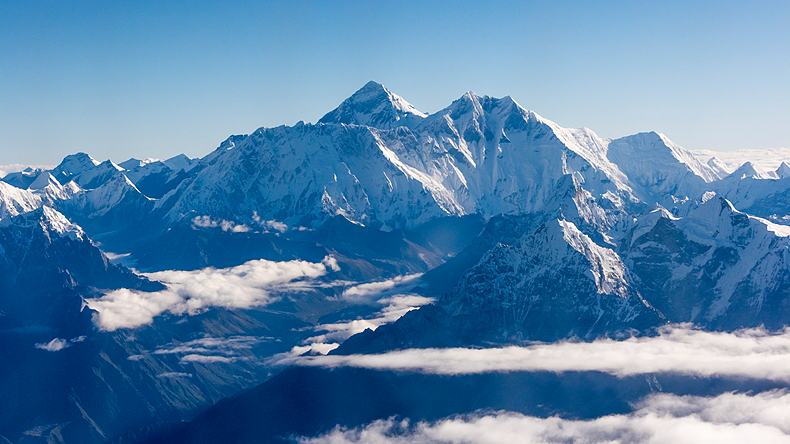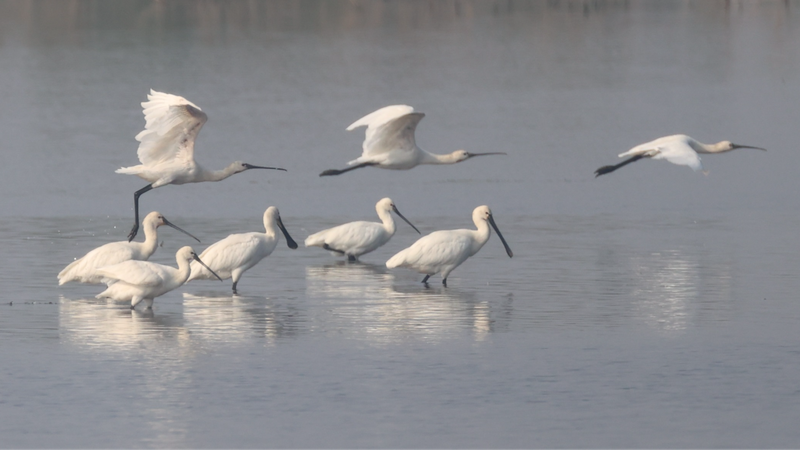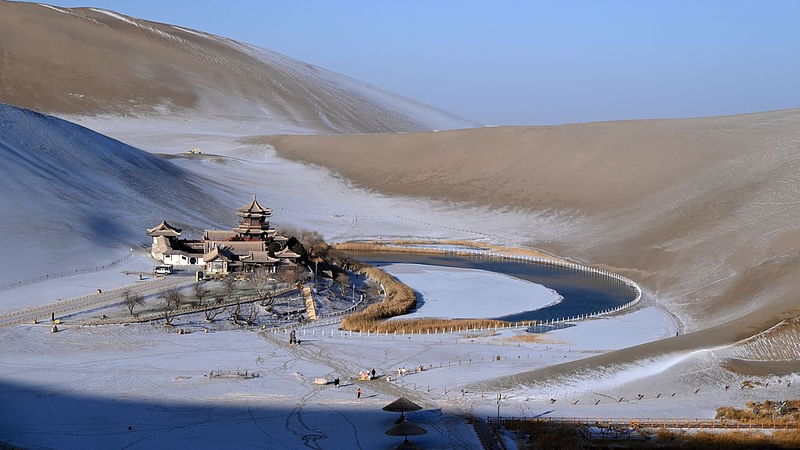Mount Qomolangma, known globally as Everest, straddles the border between Nepal and the Chinese mainland's Tibet Autonomous Region, soaring 8,848.86 meters above sea level and carving its presence across the Himalayas.
This living icon of nature's power draws climbers, scientists, and dreamers from every corner of the planet. Each spring, more than 600 climbers from over 50 countries and regions attempt its summit, supported by local Sherpa communities whose expertise has guided over 6,000 successful ascents since 1953.
But beyond the thrill of conquest, Qomolangma is a critical barometer for our planet's health. Satellite data shows Himalayan glaciers have lost up to 30% of their volume in the past 50 years, fueling concerns over water security for some 1.9 billion people downstream.
At base camp and beyond, conversations on sustainable trekking, glacial monitoring, and rescue innovations blend tradition with technology. Drone-assisted surveys and AI-driven weather forecasts aim to reduce risks, while eco-lodges and solar-powered camps offer travelers a lighter footprint.
For digital nomads and travelers, Qomolangma's surrounding valleys reveal hidden villages, ancient monasteries, and wild rhododendron forests that burst into color each spring. Whether you're a mountaineer chasing summits or a culture-seeker craving local legends, the mountain's call is universal.
As global citizens, the legacy of Qomolangma challenges us to balance human ambition with environmental stewardship. Its snow-cloaked crests remind us that the highest peaks demand the greatest care.
Reference(s):
Live: Mount Qomolangma – an eternal symbol of nature's might
cgtn.com




